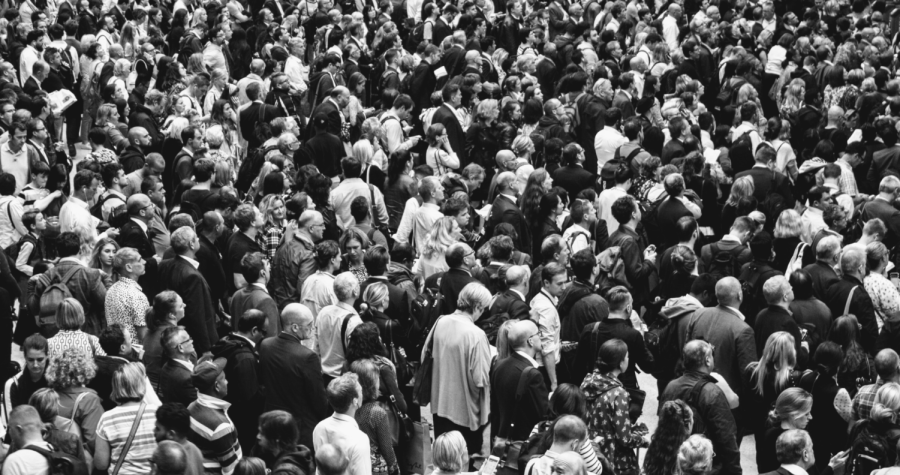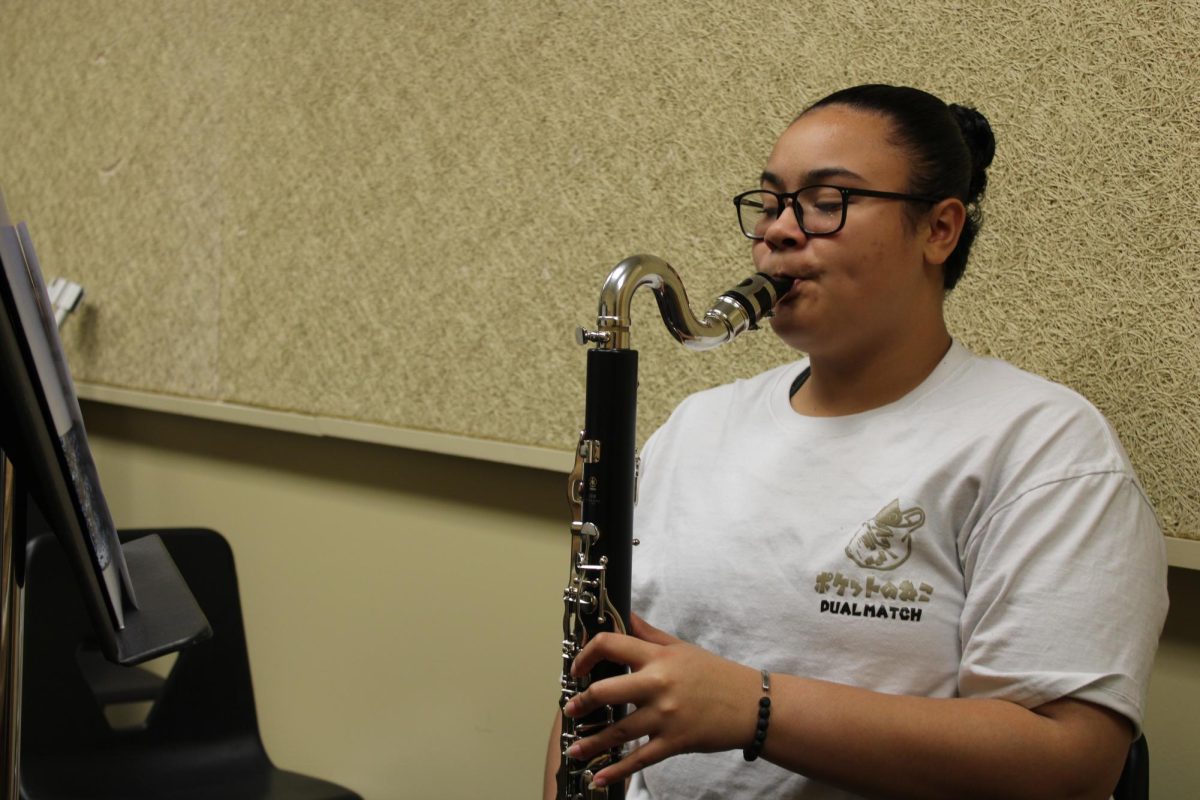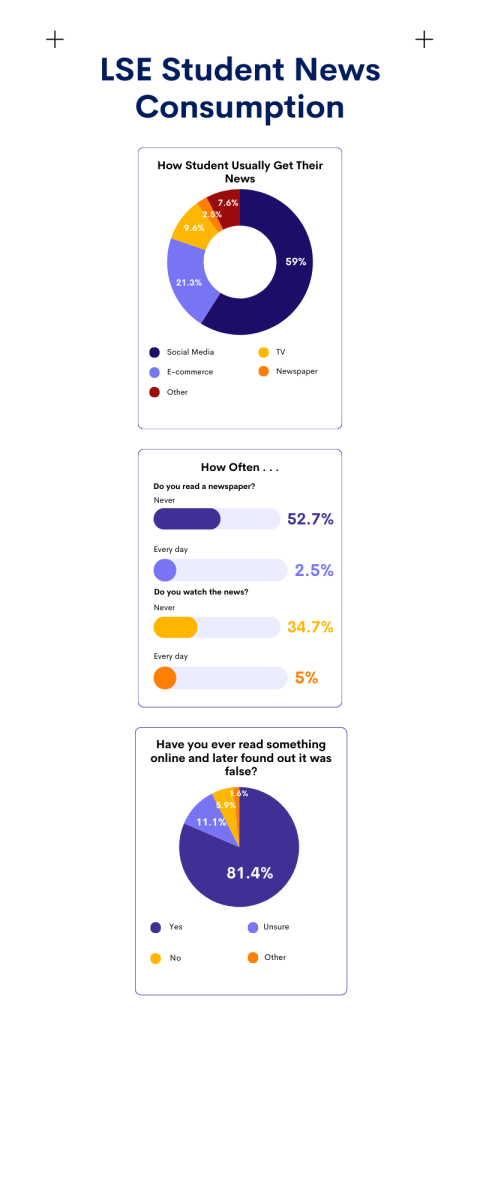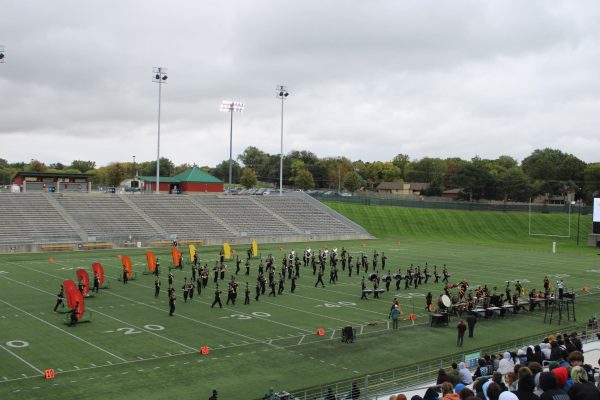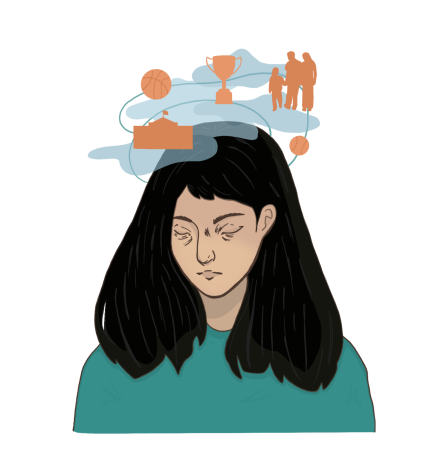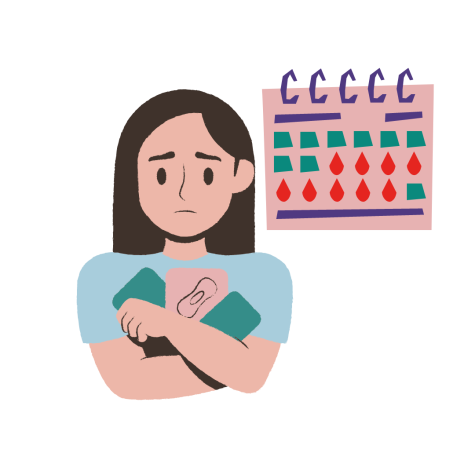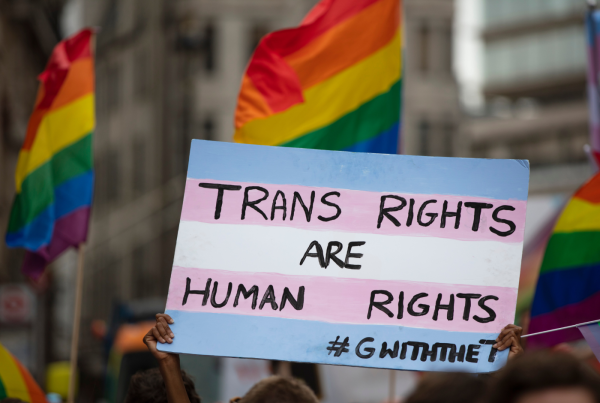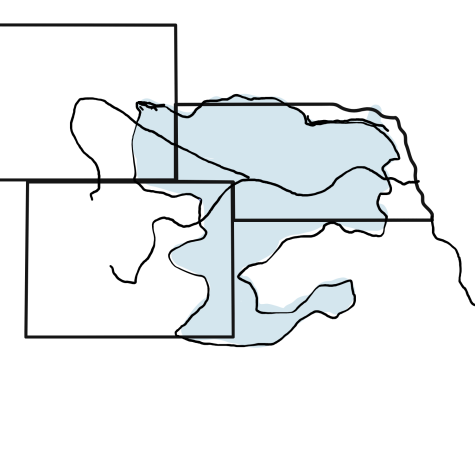Crowd surge safety
The dangers of a crowd surge and how to stay safe if swept into one
January 12, 2023
Over the Halloween weekend of 2022, the festive spirit spread nationally in places outside of the United States (U.S.), one of those places being in a country across the world, South Korea. Itaewon, a commercial and lively area located in Seoul, South Korea, is a popular district for both locals and tourists due to the abundance of restaurants, bars and night-time clubs. Itaewon is known for commonly gathering an audience of those who enjoy the nightlife to celebrate events throughout the year, whether it be for other holidays or to simply surround themselves in fluorescent lights and music over the weekend for a refresher. Many who arrived in Itaewon on Halloween night anticipated a memorable Saturday evening as they dressed up in costumes and gathered with their peers to celebrate the holiday, but within a matter of minutes, a sudden panic flooded the crowds as the amount of attendees grew to an estimated amount of 100,000 and the amount of space against one another decreased dangerously. Rather than the event being known as just another Halloween weekend, it renamed itself into the crowd crush of Itaewon after more than 150 deaths occurred that night.
Though crowd surges are not commonly a topic brought awareness to, the weekend in Itaewon is not the first tragedy to make headlines. On Nov. 5, 2021, Travis Scott’s two-day concert event named Astroworld took place in Houston where about 50,000 people gathered to watch the rapper perform live. As the show began and the excitement from the crowd saturated the atmosphere, many had begun to reach their way to the front rows in order to gain a better view. Although the action was nothing more than an innocent desire to have the best experience possible, it quickly turned into a grim devastation as people lost the ability to control their movements due to the density of the crowd. At least 10 attendants were killed and hundreds were left injured as the short-lived concert came to an end after disaster struck.
Many of the victims who attended either of the events blame the lack of precautions and crowd control measures because action was not immediately taken when the circumstances had begun to take a turn. Both the police on duty in Itaewon and the security– as well as the management team– at Scott’s concert are claimed to have failed to protect the people due to the number of casualties and injuries. An article published by the National Public Radio (NPR) titled, “After Seoul’s Halloween tragedy, South Koreans are searching for answers,” author Se Eun Gong writes, “Public safety experts emphasize that the gathering’s spontaneous nature cannot be an excuse for inaction.” Some who disagree may arrive at the conclusion that the attendants are at fault for what occurred due to their inability to control their own actions and behavior, but that should not declare the cause of the overall problem; the issue at hand was the absence of effective measures that would keep everyone safe.
What is a crowd surge?
A crowd surge is defined as a situation where a massive group of people are densely gathered in an area, and the density makes it difficult for people to break free from the movement in the crowd. These surges can then proceed to create a human barricade that leaves little to no room to control one’s own physical motions, thus making the act of being stationary the only option. An article published by the Public Broadcast Service (PBS) titled, “Explainer: Here is why crowd surges can kill people,” author Stan Choe stated, “the force [of a crowd surge] can be strong enough to bend steel. It can also hit people from two directions: one from the rear of the crowd pushing forward and another from the front of the crowd trying to escape. If some people have fallen, causing a pileup, pressure can even come from above. Caught in the middle are people’s lungs.”
Many who happen to be stuck in a mass of people run into the risk of losing consciousness as the lungs become suffocated due to the lack of oxygen. The lack of oxygen can then lead to a condition called compression asphyxia, a condition where an outside force is restricting the chest to expand enough for air to reach the lungs, resulting in a buildup of carbon dioxide; compression asphyxia is a branch off of asphyxia, a condition that occurs when the body does not have enough oxygen.
The warning signs of a crowd surge
The amount of people in a given area can increase in a short period of time, and it may reach a state that it becomes difficult to escape the crowd. The amount of people arriving is out of one’s own control, but observing the overall behavior of the crowd is vital to keeping oneself safe. Paying attention to the motions of the crowd and noting the pace of the people inside it, such as how slow movements have become, presents how dense the herd has become, which is a striking sign of danger.
In an article published by The Washington Post titled, “How to survive a crowd crush and why they can become deadly,” writer Tara Parker-Pope wrote, “Listening to crowd sounds is important. If you hear people complaining about discomfort and cries of distress, it’s a signal that things are getting out of control.” If the general mood of those around you happens to lack enthusiasm because of malaise or even anxiety, take it as an indication that the situation may escalate out of control. Other important signs of risk include feelings of confinement, restlessness, irritability or breathlessness. In the same article, Parker-Pope featured Martyn Amos, a crowd expert and professor of computer and information sciences at Northumbria University who said, “As soon as you feel like you’re losing autonomy, that’s the key. It’s when you start to get in a situation where your movement is not your own, and you’re at the whim of physics…If you can, remove yourself.”
What to do if you’re caught in a crowd surge
Much like other emergencies, staying calm is the most appropriate response because it allows one to thoroughly and safely respond to a situation rather than reacting to it in a way that could cause more harm. One of the biggest precedents to take into action is to stand on your feet at all times– with both knees at slight bend and one foot in front of the other– and to keep both arms away from being stuck to your sides. The best way to ensure these precautions are put into action is to move with the crowd. Attempting to push in the opposite direction will cause a loss as it is nearly impossible to move against a large accumulation of people. In the same article written by Parker-Pope featuring Amos, Amos stated, “It’s tempting to resist the flow or pressure of the crowd, but you’re not likely to win against a mass of humanity.” It may appear unproductive to move with the crowd, but in the case of a surge, it is the safest option. In the case that you happen to fall to the ground or trip on something below, it is recommended to move into a fetal position where you are protecting your head. The most defenseless position to be in on the ground is a position where one is on their stomach or back.
Furthermore, protecting your chest and airways is vital to keeping as much oxygen in your system as possible. Parker-Pope also wrote, “It’s important to keep your hands up. Once crowds get packed too tightly, your hands can be pinned by your side. Use your dominant hand to grab your opposite forearm, which creates a sort of shield in front of your chest with your elbows as a brace against bodies.”
How to lower the risk of harm
Being aware of the environment around you is a considerable way to protect yourself before any peril occurs. Once you reach an event’s destination, scouting and noting all of the possible exits, even the ones that are the furthest away from you, increases the chance of escaping safely. Likewise, if an event happens to take place outdoors, looking at a map of the location beforehand makes it easier to know which routes help to flee efficiently.
Despite the fact that every crowd’s behavior is subjective to the event being held, it is suggested to locate yourself at the back or side of a crowd rather than the middle or front, especially at concerts and festivals. Remaining on the sidelines of a crowd lowers the chances of being caught in the central point of hazard.
As restrictions for the COVID-19 virus have loosened over the months, musicians of all genres and other celebratory events are being held more frequently. Events such as these are supposed to be enjoyed, and fears around the safety of one’s own life should not be allowed into an event of any kind. The world is unpredictable as none of us can foresee into the future, and unfortunately, tragedy strikes even when it is not welcomed. With this in mind, all outcomes should be taken into consideration, and safety should be a top priority.

